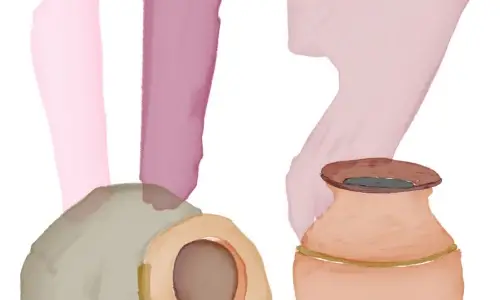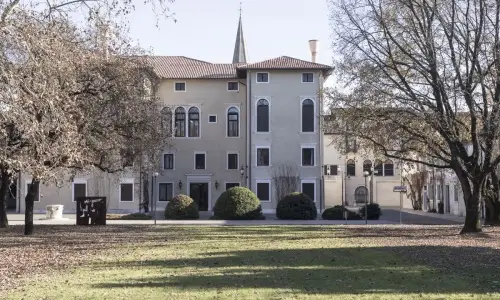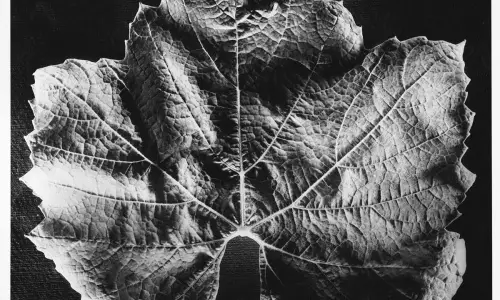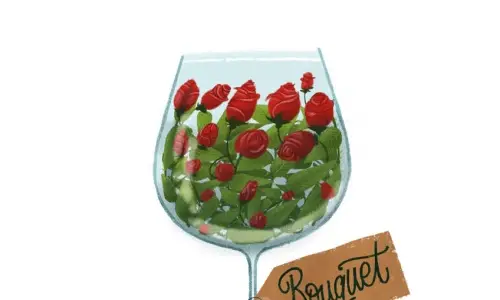Heritage
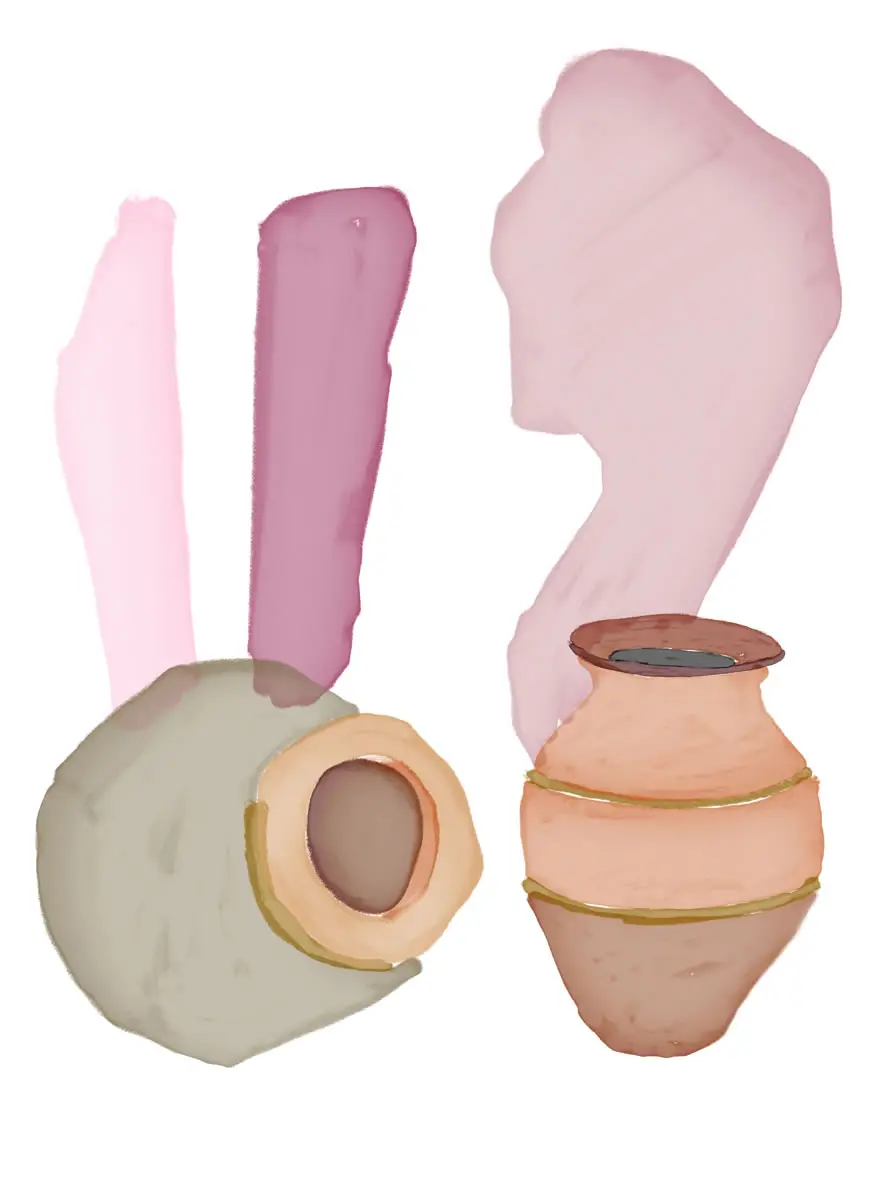
- Heritage
- Hits: 9671
A Short History of Wine
Grape nectar is certainly the oldest and most appreciated beverage in the world, a muse for great artists and a source of joy for simple men. The evolution of taste and production techniques provides a wonderful look into the civilizations where wine was a symbol of status and culture, representing aspirations and contradictions.
 10000 BC~3500 BC
10000 BC~3500 BC
The Neolithic Era and the Discovery of Wine
With the “Neolithic revolution,” man abandoned a nomadic lifestyle and began farming. Most scholars place the birth of wine cultivation in an area between eastern Turkey, western Iran and the Caucasus Mountains (Georgia, Armenia and Azerbaijan). The story goes that wine was unintentionally discovered after the accidental fermentation of grapes stored in a container. In Georgia and Armenia, archaeological digs have unearthed cellars dating back to 6,000-5,000 BC, containing presses, goblets and objects for producing and storing wine.
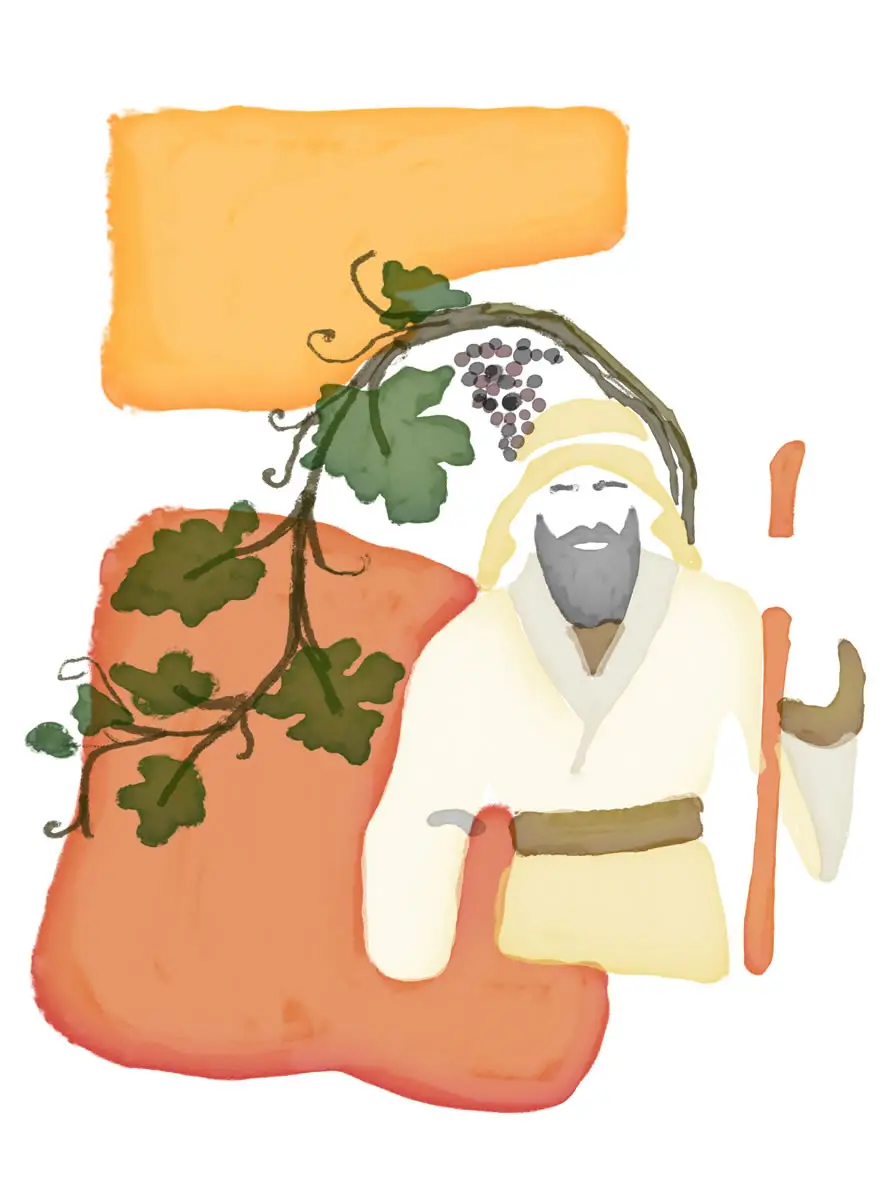 3500 BC~1000 BC
3500 BC~1000 BC
The Early Heroic Civilisations in Mesopotamia, Egypt and Palestine
One of the first populations to cultivate vines was the Sumerians, who settled in Mesopotamia on the strip of land between the Tigris and the Euphrates. Papyri and tomb paintings show that in ancient Egypt, wine was considered the beverage of pharaohs, priests and senior officials during religious and social ceremonies. A wealth of information on viticulture in Palestine comes from the Old Testament. Jewish tradition identifies Noah as the founder of wine cultivation - after the Great Flood, the patriarch stepped off the ark and planted the first vine.
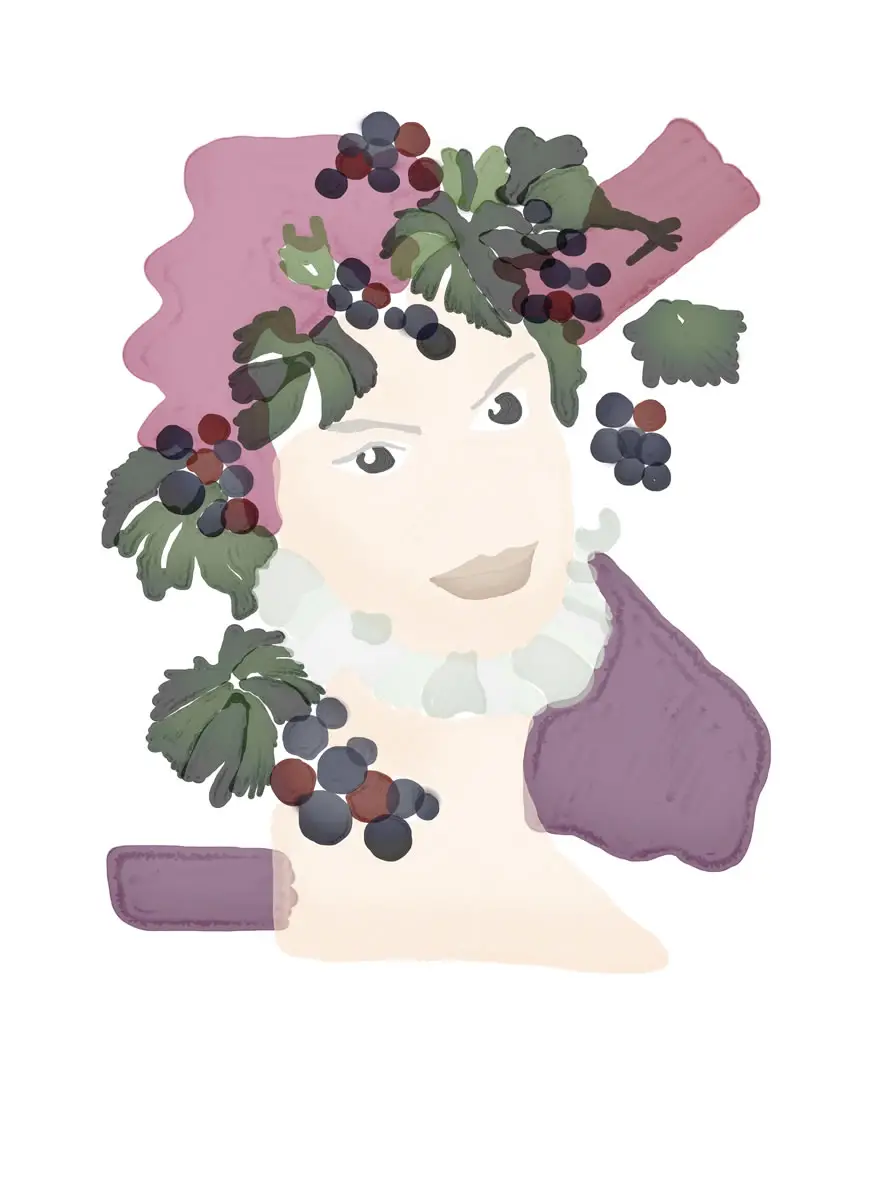 776 BC~146 BC
776 BC~146 BC
Wine in Ancient Greece and Magna Graecia
In Greece, wine became an agricultural staple together with wheat and olives. Hellenic culture linked it to the cult of Dionysus, god of the force of life and inebriation. The Greeks would sip wine at banquets called symposiums. It was a spicy drink flavored with honey and diluted with water, poured from richly decorated terracotta amphora. Hellenic colonization introduced viticulture to the whole Mediterranean area. In Italy, the Magna Graecia area – and Calabria in particular – was renamed Enotria, the land of wine.
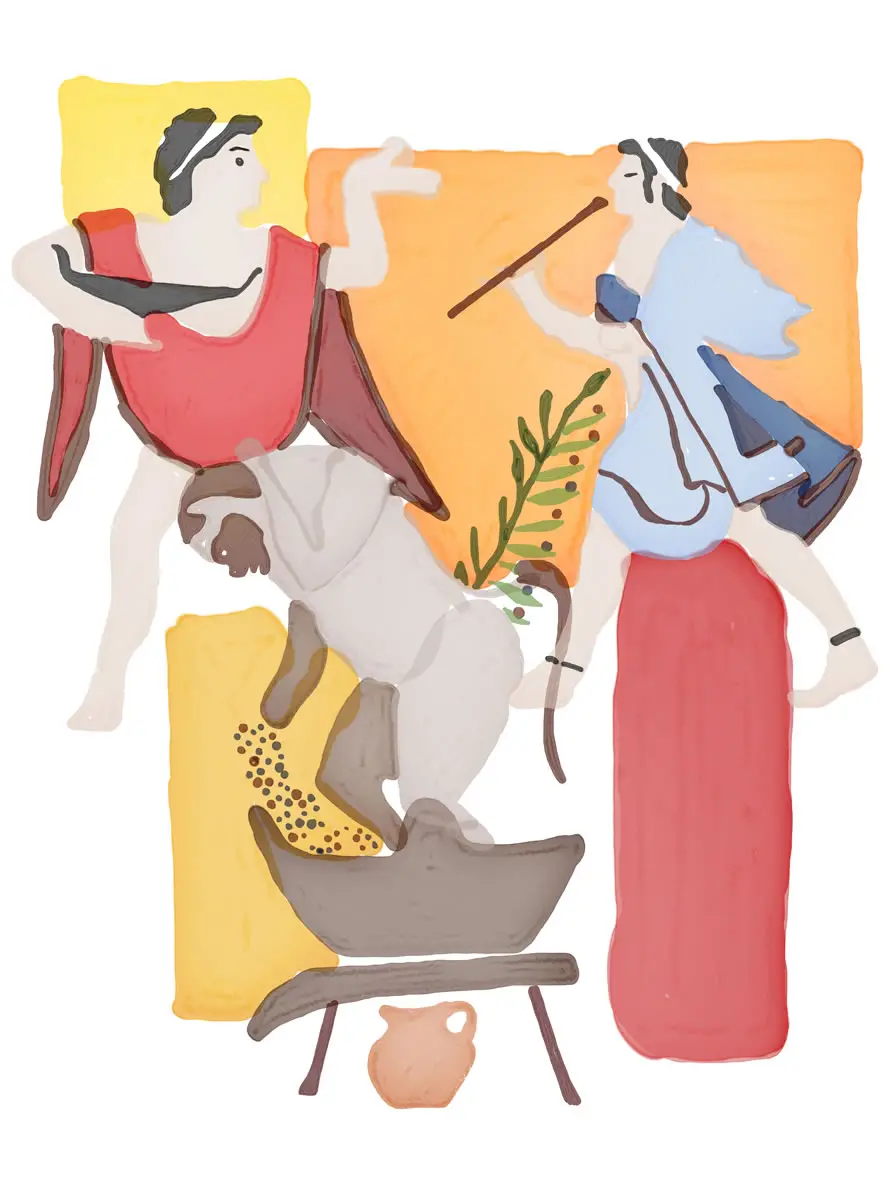 753 BC~476 AD
753 BC~476 AD
Wine in Etruscan Society and Roman Times
The Etruscans, who settled between Tuscany, Umbria and Lazio, cultivated vines, mixing them with trees and selecting certain typical varieties.In Roman times, prosperous wine growing spread to France and elsewhere in Europe. In De Agri Cultura, the oldest work of Latin prose, Cato the Elder describes grapevines as the most important crop of the peninsula, while Pliny the Elder wrote the phrase ‘In vino veritas’, in wine there is truth, in his Naturalis Historia. Drinking wine was considered immoral: males were not allowed to drink before the age of 30, while for women it was totally banned.
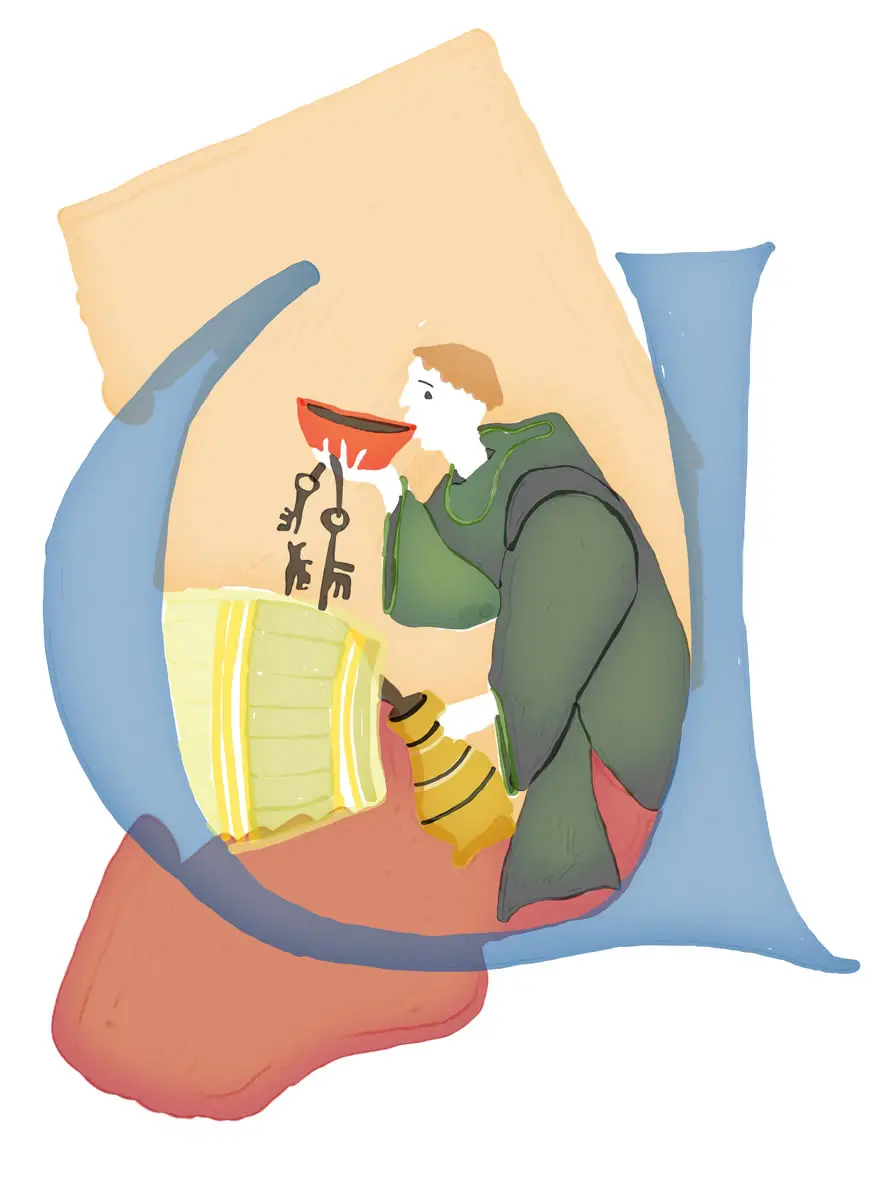 476 AD~1500
476 AD~1500
Monastic orders in the Middle Ages
After the Barbarian invasions and the fall of the Roman Empire, Europe was hit by a major agricultural crisis. Much of the countryside was abandoned and viticulture only survived thanks to religious orders. In particular, the Benedictine and Cistercian monks (the order founded in 1098 at the Citeaux Abbey in the Burgundy region) continued to grow vines at monasteries, producing wine for liturgical celebrations and personal consumption. Even the emperor Charlemagne was interested in the development of viticulture, as evident in certain rules of the Capitulare de Villis.
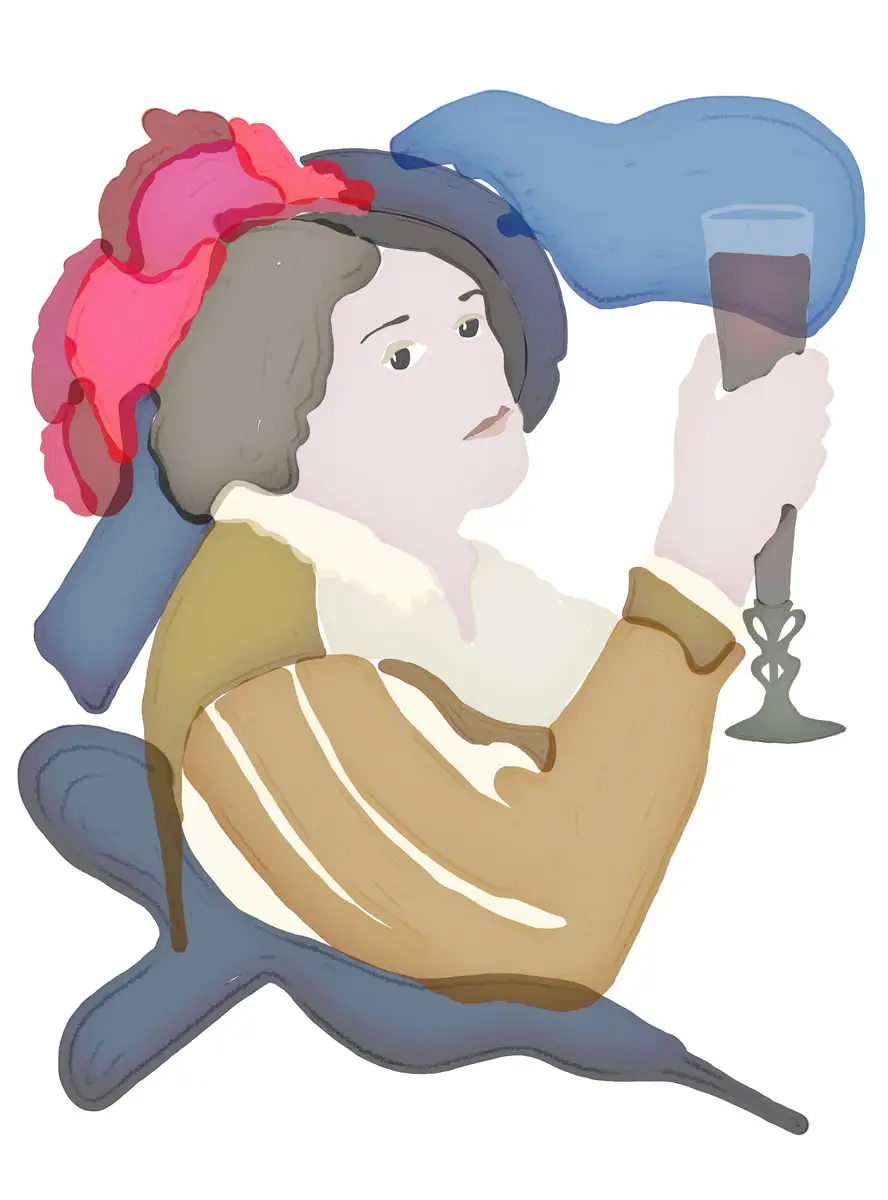 1600
1600
Innovation and New Trade Routes during the Renaissance
At the start of the 1600s, progress in glass making allowed the creation of more resistant bottles and made glass blowing less expensive. During the same period, the use of corks and corkscrews emerged. New techniques allow better storage, giving rise to the production of reserve wines, which in France went by the name of vins de garde as opposed to vins de primeur. The conquest of the New World and the launch of new trade routes brought wine to America, while in Europe the first fortified wines appeared: Porto, Madeira, Sherry and, later, Sicilian Marsala.
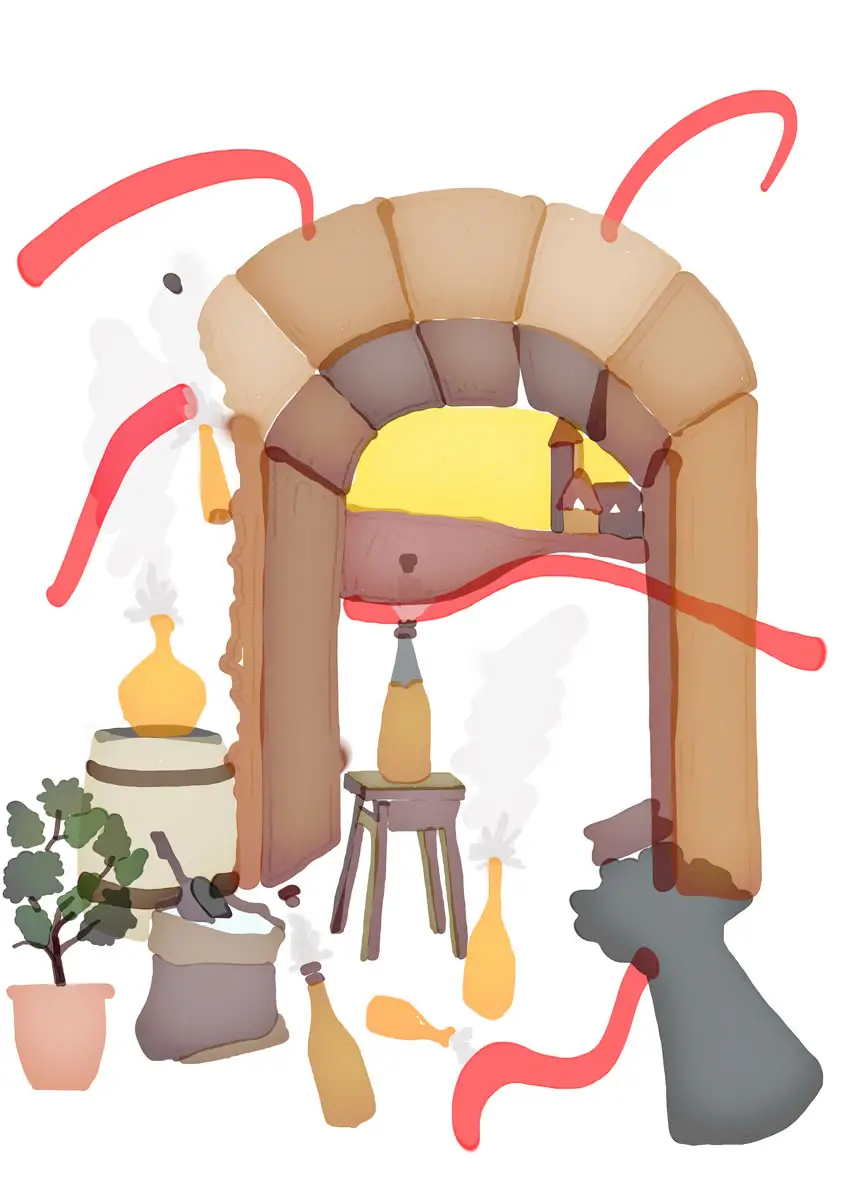 1668
1668
The Invention of Champagne
1668 is universally recognized as the year Champagne was born, the first sparkling wine in history. The famous “invention” is attributed to Benedictine abbot Dom Piérre Perignon, treasurer of the Hautvillers Abbey near Épernay, who reorganized the monastery’s vineyard and selected certain cultivars, starting with Pinot Noir. Legend has it that Champagne was born by chance when several bottles exploded due to a mistake – leading it to be called le vin du diable (“the devil’s wine”), while another version refers to the addition of flowers and sugar as leavening agents.
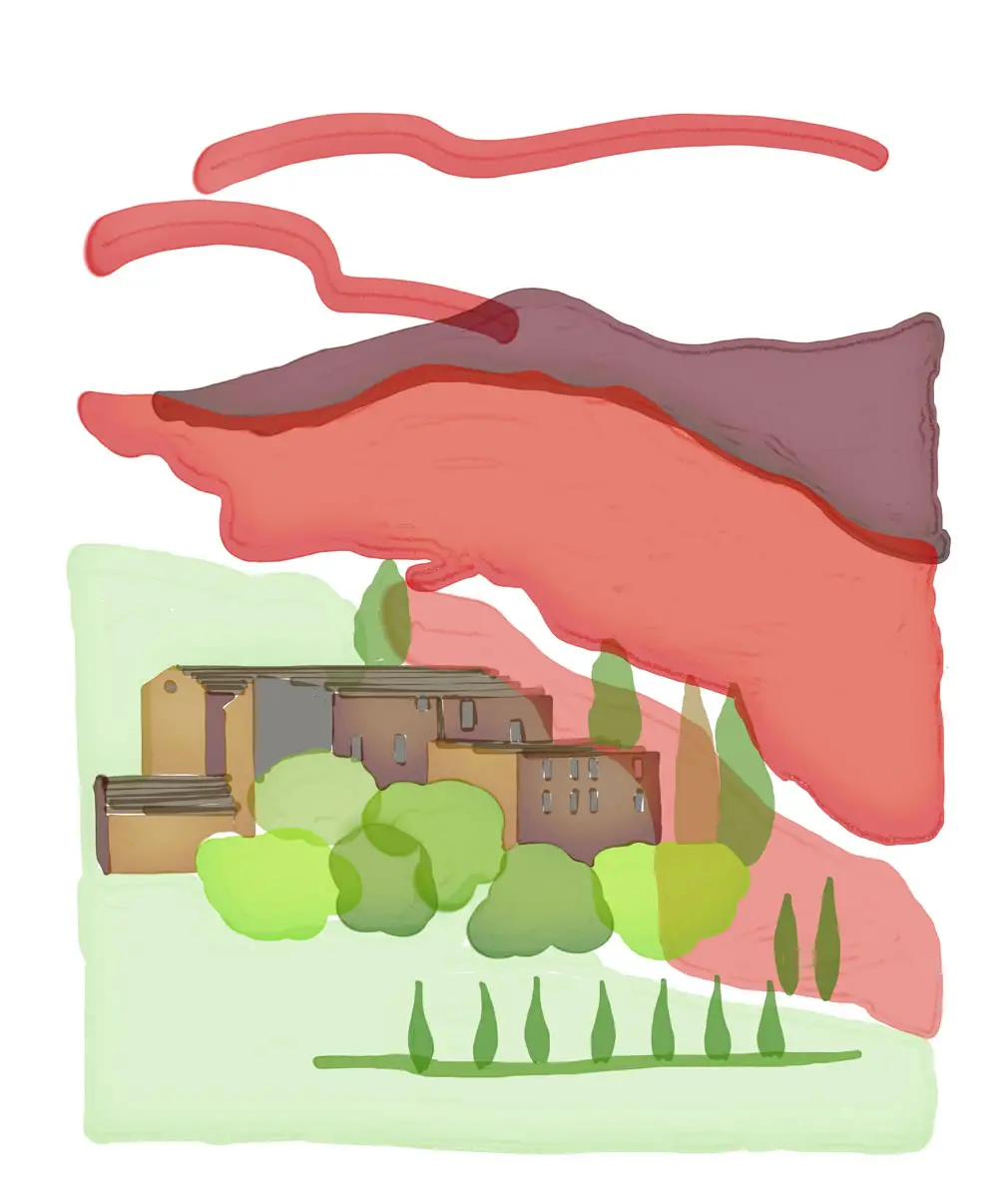 1700
1700
From the Big Frost to the First Decree on Chianti
In January-February 1709, Europe was hit by an extraordinary cold wave and frost decimated vineyards across France, Germany and Northern Italy, which were later replanted with more resistant and productive varieties. In 1716, with a decree, the grand Duke of Tuscany Cosimo III de’ Medici protected the high quality production areas in Chianti, Pomino and Carmignano, that were already extensively renowned at the time and were deriving from very ancient traditions. This measure can be considered the very first production regulation and the forerunner of current designations of origin.
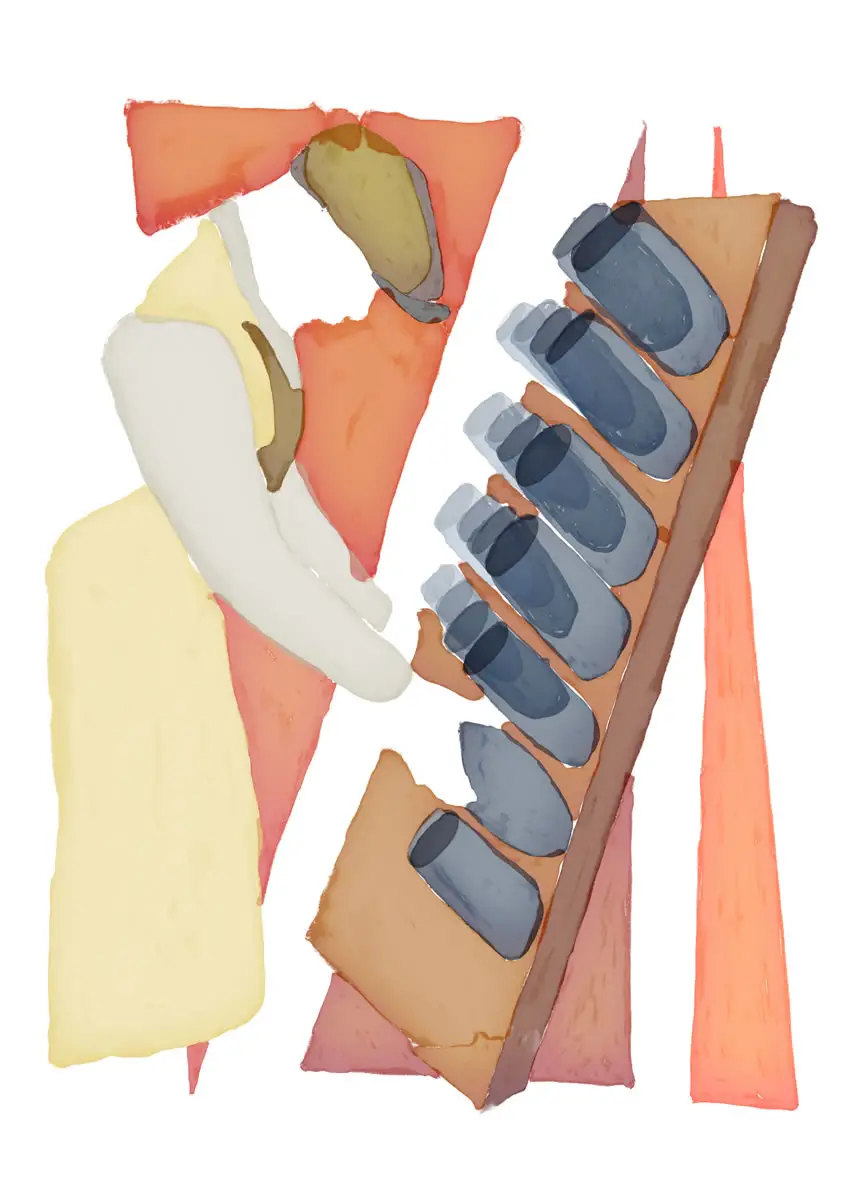 1855~1885
1855~1885
Development of a Scientific Approach
In the second half of the nineteenth century, French chemist Louis Pasteur demonstrated the action of yeast and its central role in fermentation, laying the foundations for modern oenology. During those years, ampelography was born, the science that classifies and studies the morphological characteristics of grapes, and agronomy took a scientific approach. Focus on research led to the perfection of many great Italian reds including Barolo, Brunello and Chianti, according to the Ricasoli formula. Meanwhile, in France, in 1855 the first classification of Bordeaux wine became official.
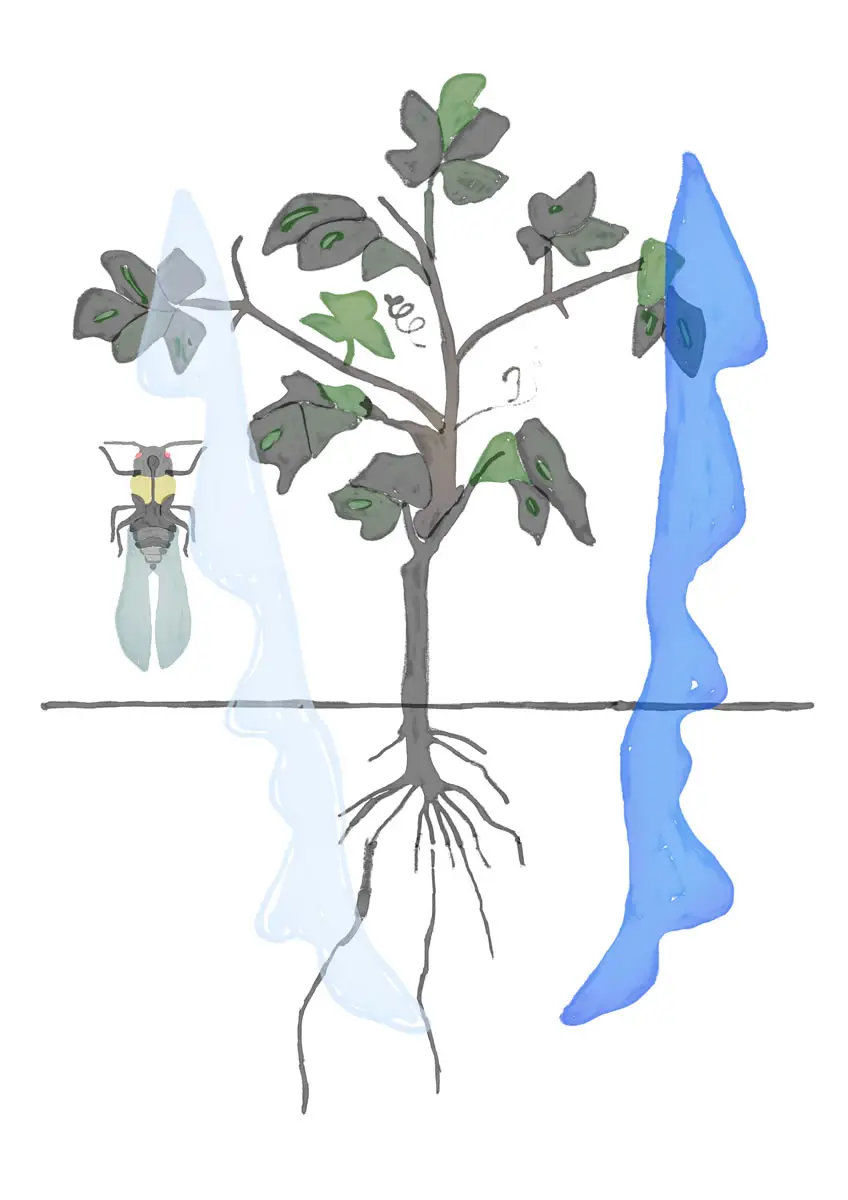 1850
1850
Europe Devastated by Disease
The end of the nineteenth century is remembered for the spread of terrible vine diseases such as powdery mildew, phylloxera and perenospora across Europe, which led to the destruction or serious damage of almost all vineyards. The phylloxera insect came from America, attacking the roots of the plant and causing its rapid death. The only remedy was to graft European vines on the rootstock of American vines, which were immune to the parasite. In Italy, royal schools of viticulture and oenology were founded in the seventies, starting with those in Asti and Conegliano Veneto.
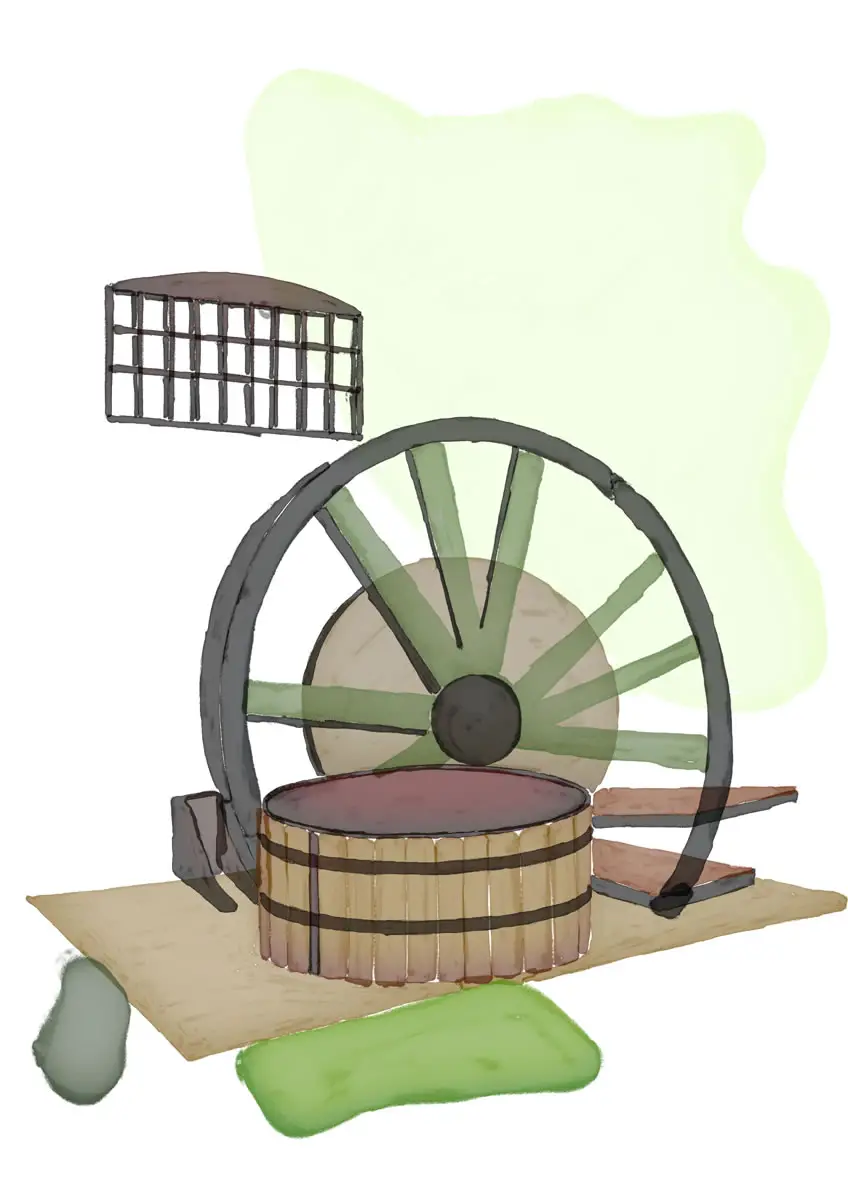 1900~1940
1900~1940
The Birth of Modern Viticulture
The twentieth century marked incredible progress in agronomic and oenological knowledge, leading to the profound transformation of traditional techniques. Novelties included the gradual rationalization of plants with vines reorganized in evenly spaced rows to facilitate production. Chemical products were introduced for treatment and better performing cultivars and growing techniques were selected. Many wineries destined to become Italian protagonists in the second half for the twentieth century were founded during this period.
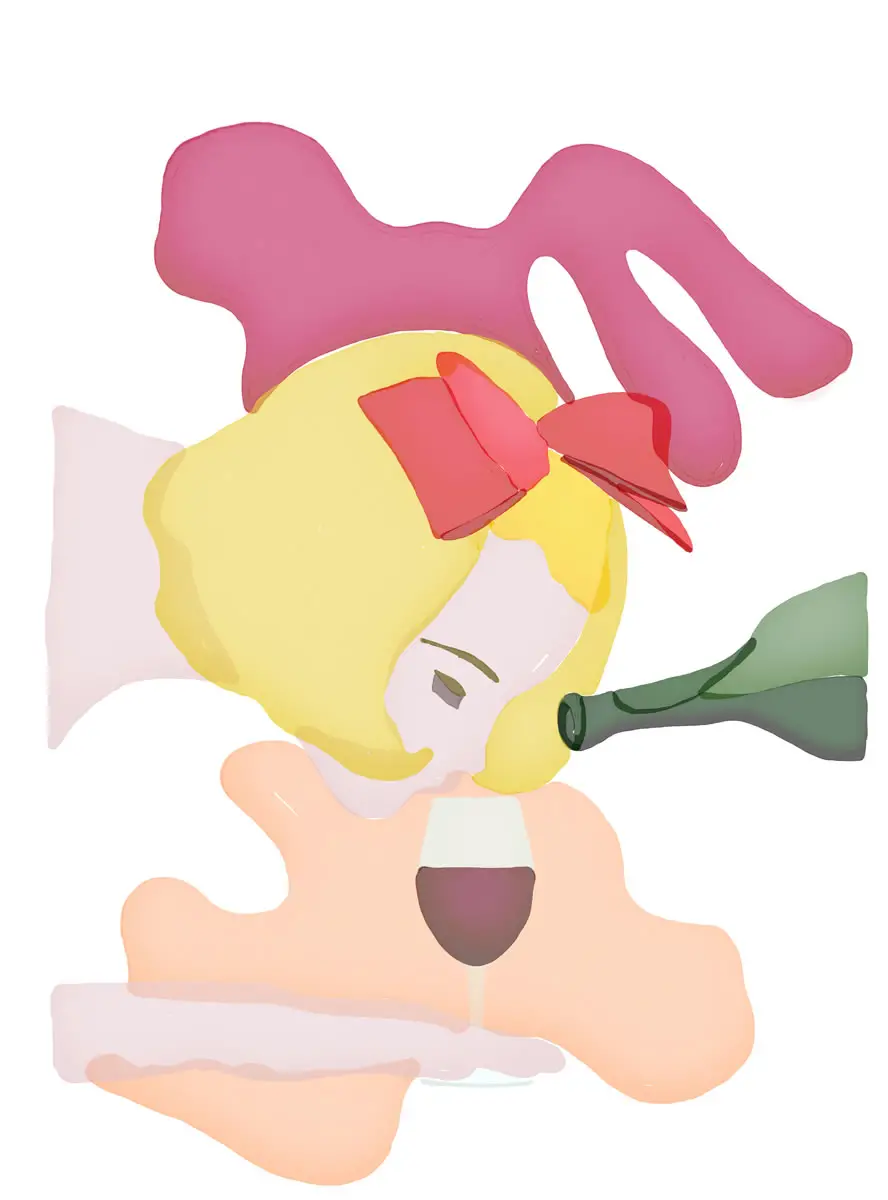 1940~1970
1940~1970
Move from the Countryside and the Rise of DOC/DOCG
During the Second World War, the economic crisis drastically impacted agriculture and then in the ’50s many farmers left the countryside, abandoning their vineyards. In 1963, the DOC (Denominazioni di Origine Controllata) classification system was born, based on the vital link between wine and its location, and towards the end of the ’70s DOCG (Denominazione di Origine Controllata e Garantita) certification was also introduced. In 1967, the very first Vinitaly fair was held in Verona, dedicated to national wine production.
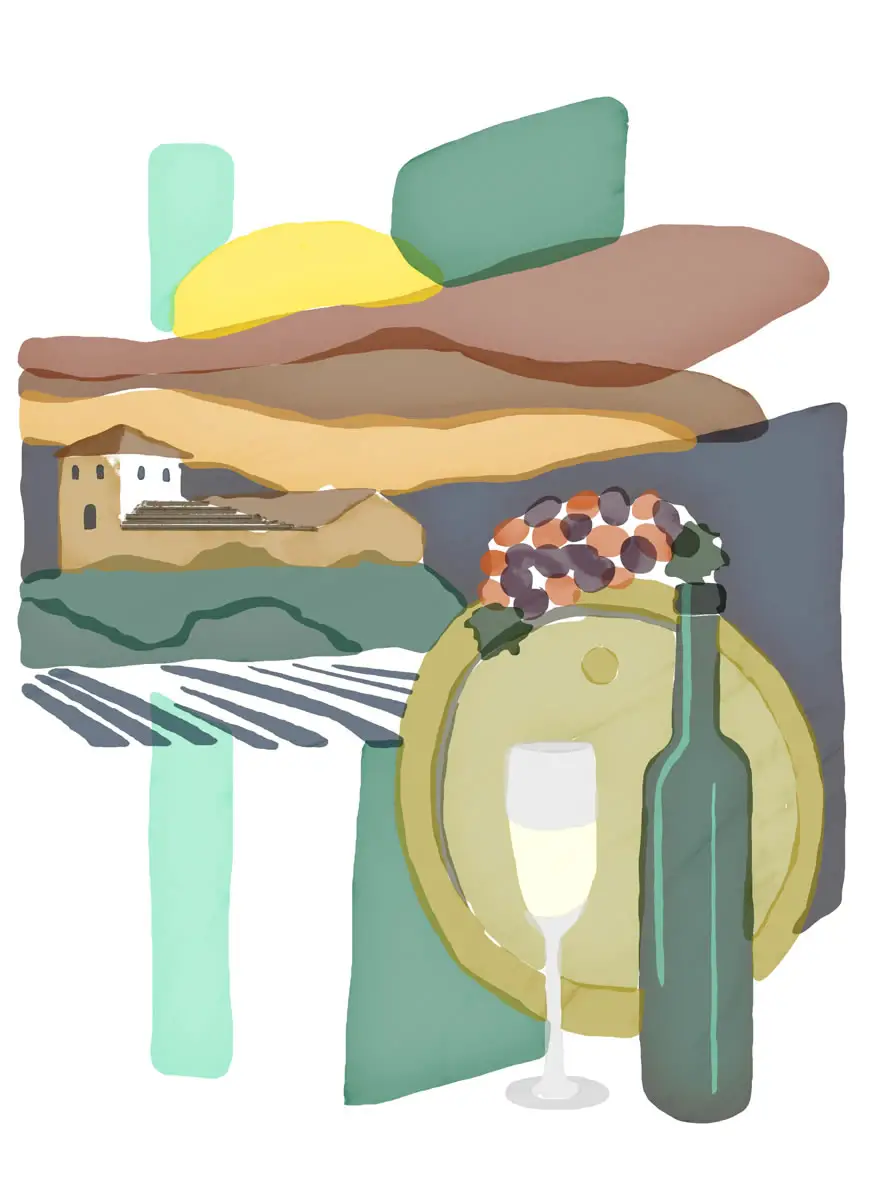 1970~1990
1970~1990
The Road towards Quality
In the ‘70s, winemaking began heading in a new direction. Consumer tastes changed and producers decided to focus on quality, offering less structured, lighter and more elegant wines. Mass selections were made in the vineyards and the search for the best clones began, while in the cellar, new technologies were introduced, such as temperature control and stainless steel tanks. Oak aging in smaller barrels became fashionable and native varieties were rediscovered. During this period there was a boom in exports and the US emerged as the leading market.
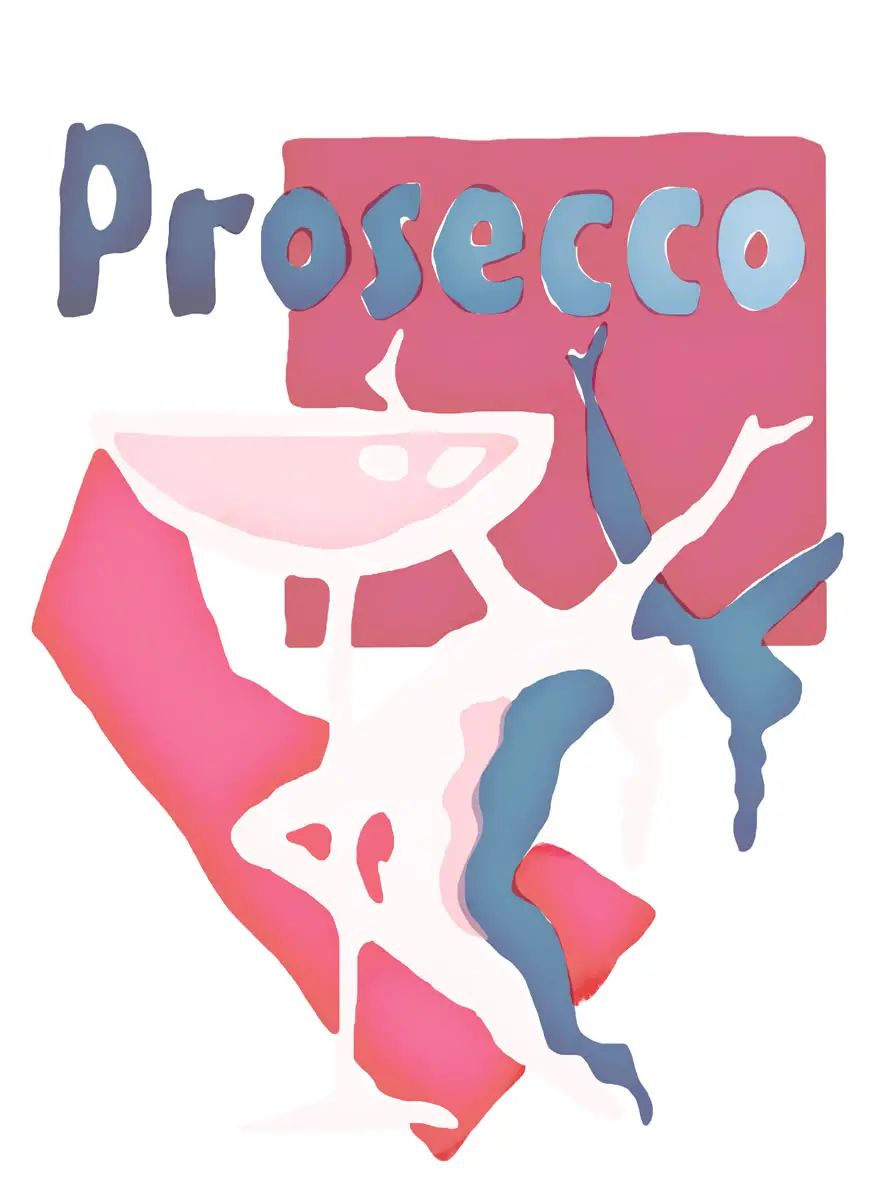 1990~2000
1990~2000
New Challenges with Exports and Globalization
The twentieth century ended with globalization and the development of emerging markets such as Brazil, Russia, India, China and South Africa. The dichotomy between European production linked to noble traditions and terroir and the new non-European players interested in creating their own style with new technologies became increasingly evident. To stand out it was necessary to combine business skills with good marketing and communication. Prosecco started its international climb to fame, becoming one of the most popular sparkling wines.
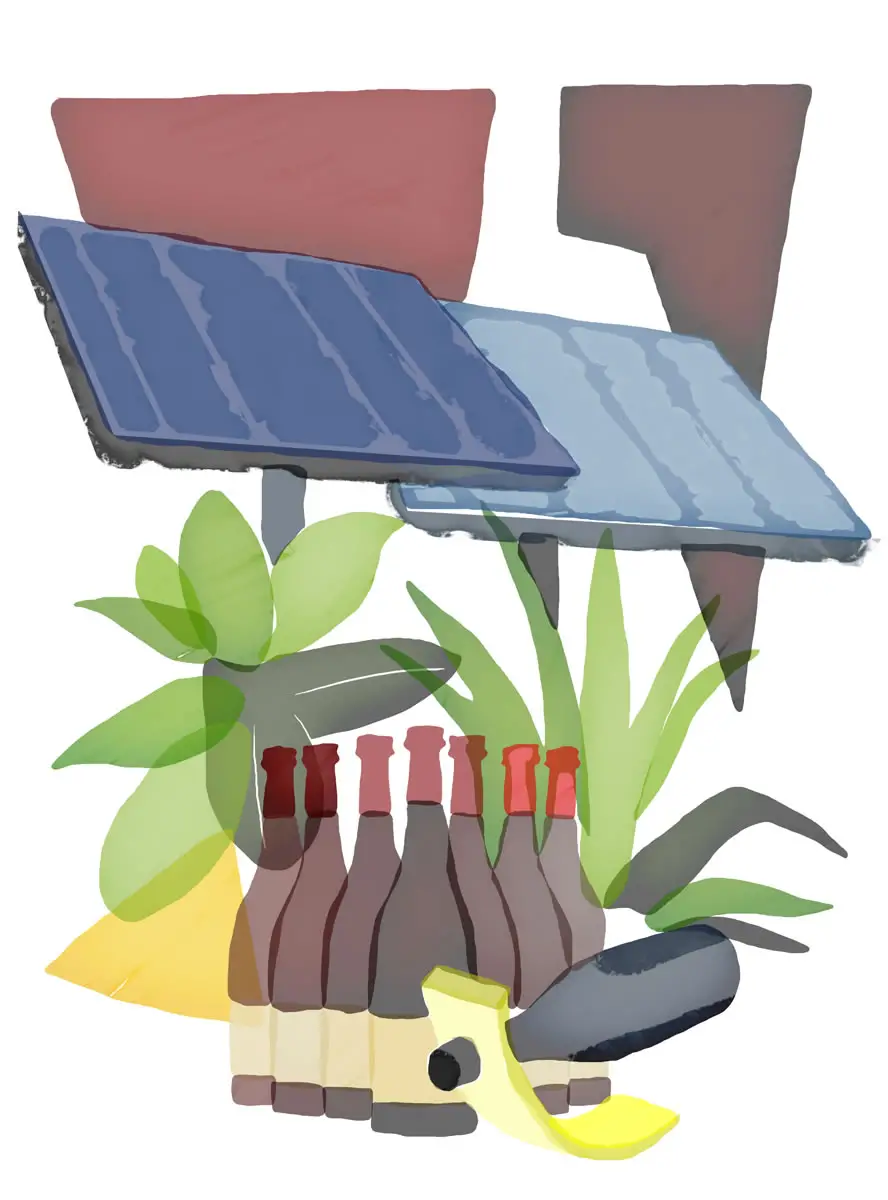 2000~2015
2000~2015
Precise, Genetic and Environmentally Friendly Winemaking
The new millennium began with a scientific approach to wine genetics and DNA. The other main novelty was precision viticulture (precision farming applied to optimize vineyard performance) and, thanks to the use of satellites and the latest technology, it is now possible to map vineyards in order to monitor the state of plants, with targeted treatment. Environmental sustainability is also topical; wineries are adopting solar power, biomass stations and certification, while the organic approach is reducing if not eliminating the use of chemical products.
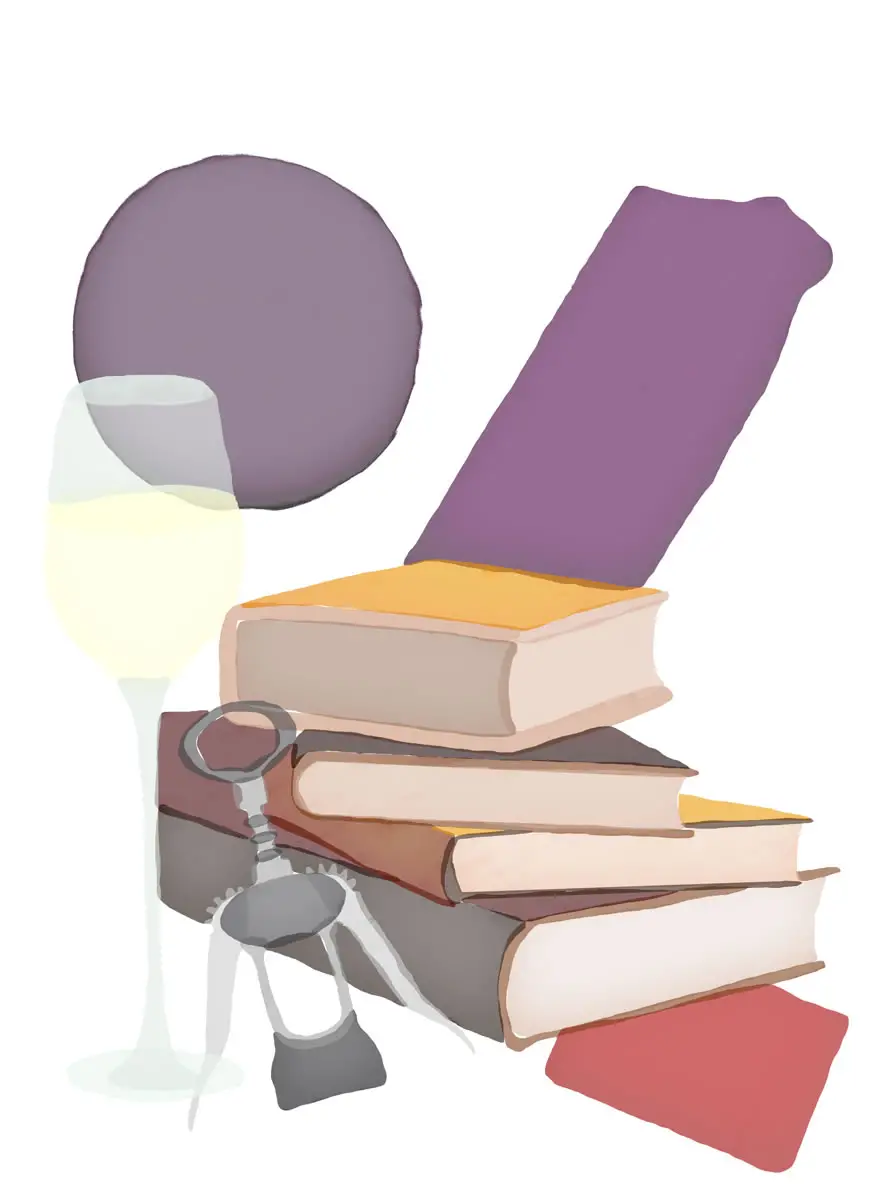 2016
2016
The Consolidated Law on Wine
In Italy, after three years of work by the Senate, the Ministry of Agriculture and unions, at the end of 2016 the Consolidated Law on Wine finally came into force. Its 90 articles gather, uniform and simplify hundreds of previous regulations, significantly reducing the bureaucracy involved in production, marking, labelling and geographical indications, while the introduction of a Single Control Register will make it easier to monitor the production chain. The aim is to improve competitiveness in this sector worth over 14 billion euros, of which exports exceed 5.5 billion.
Words Jessica Bordoni
Illustrations Sabrina Morreale
